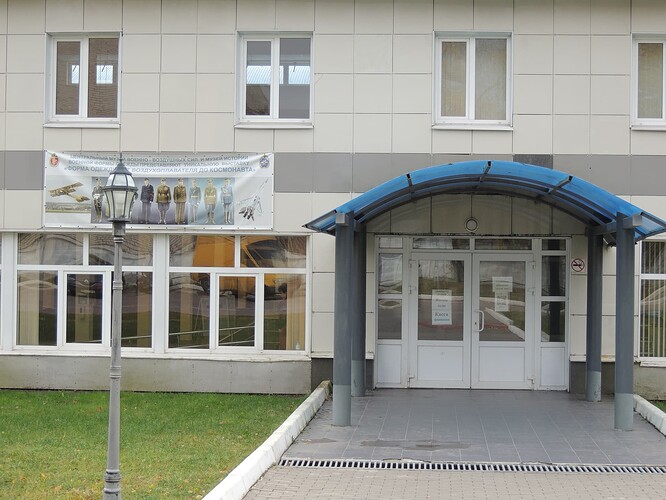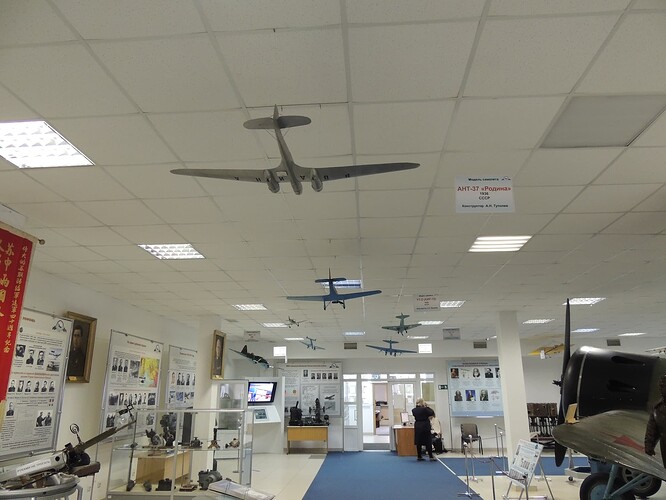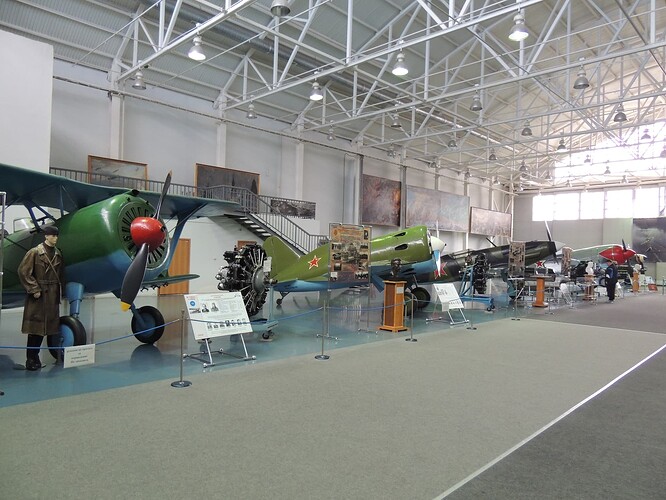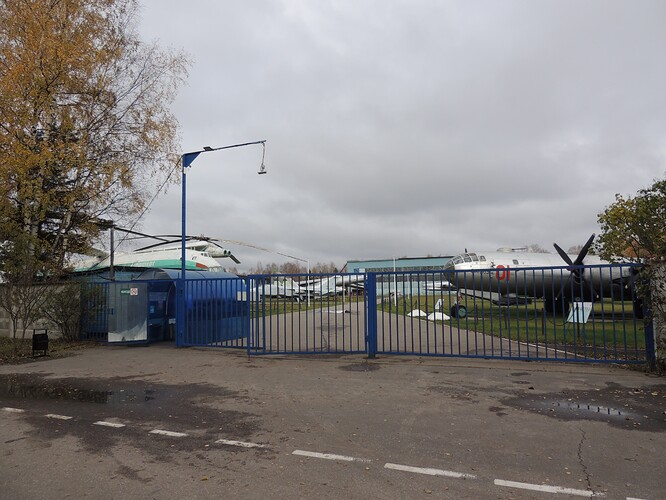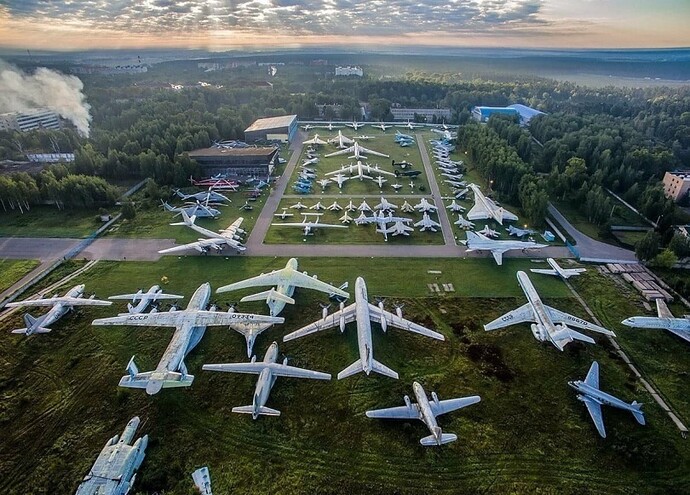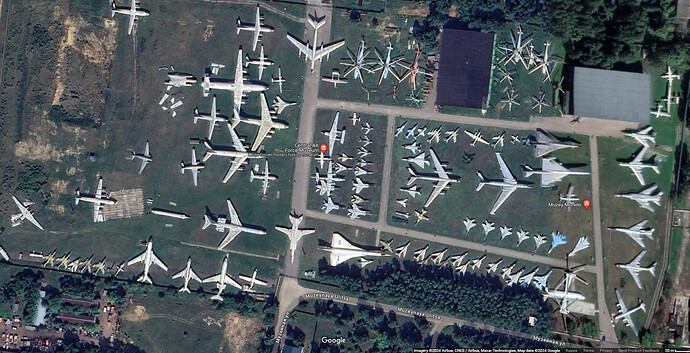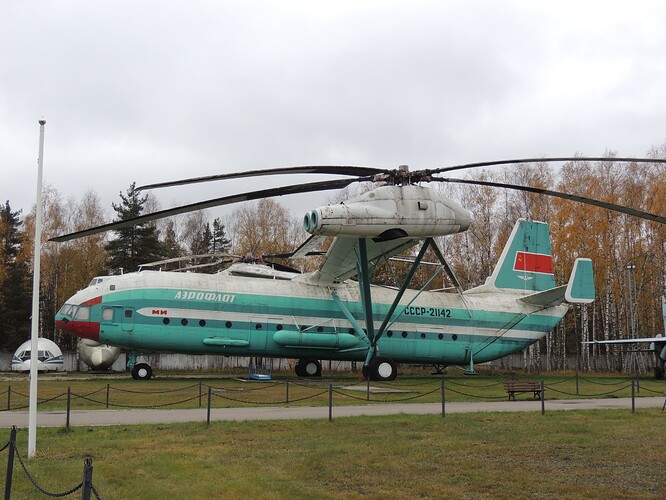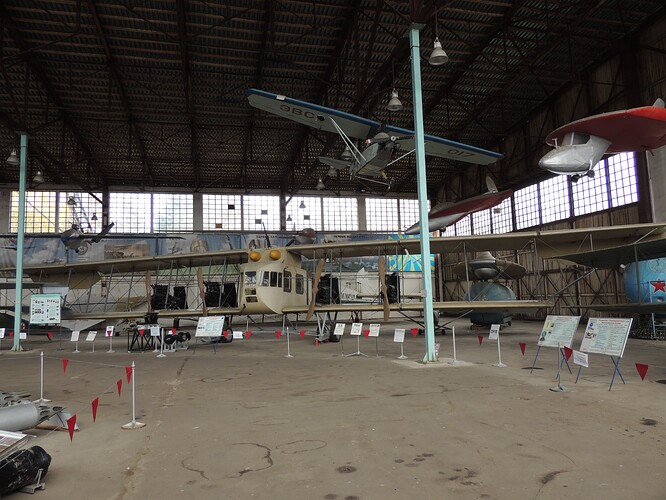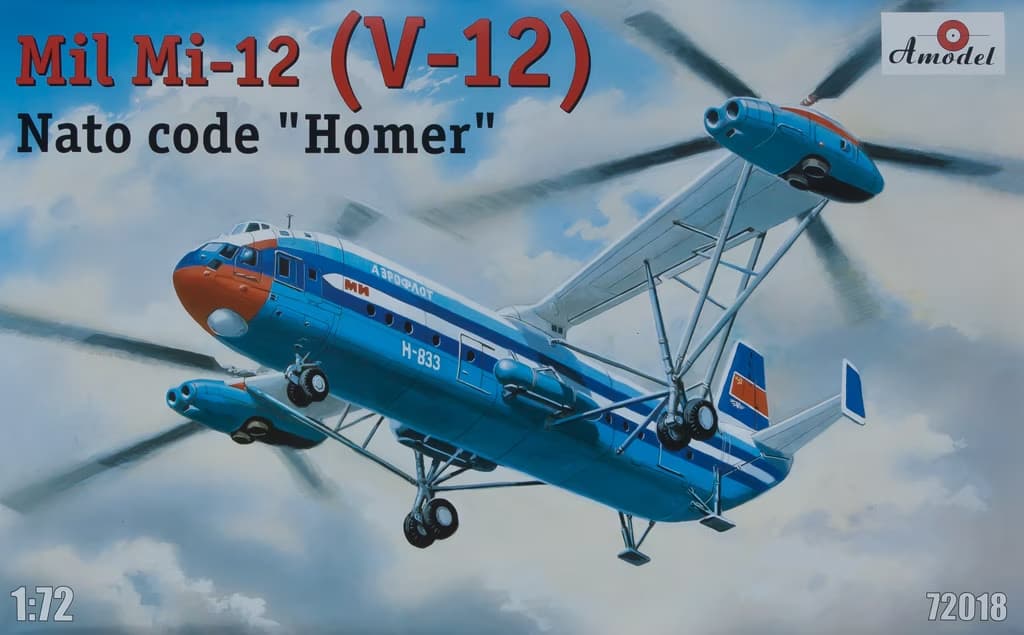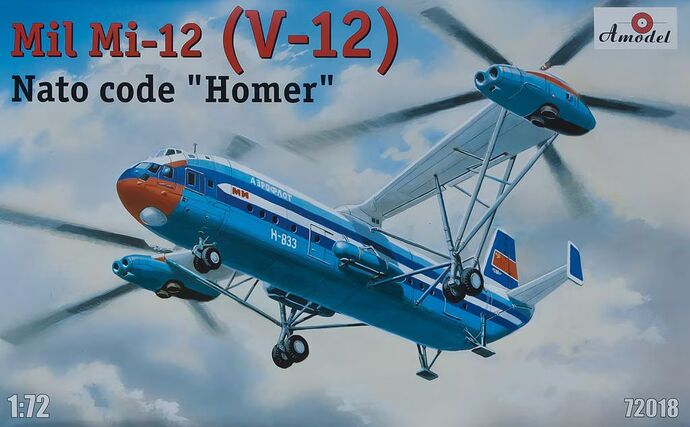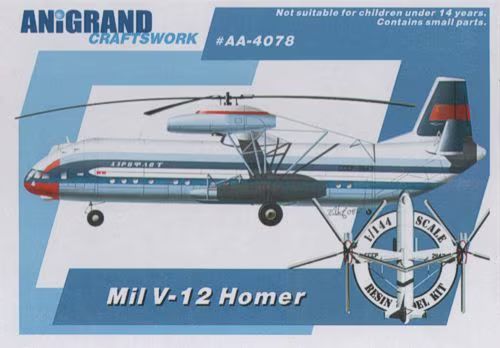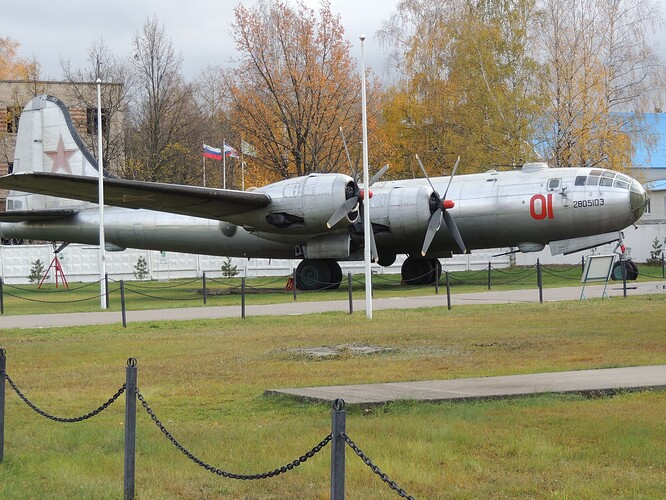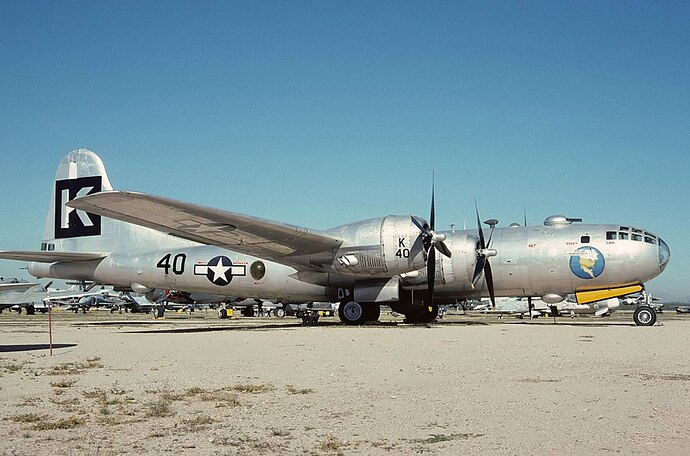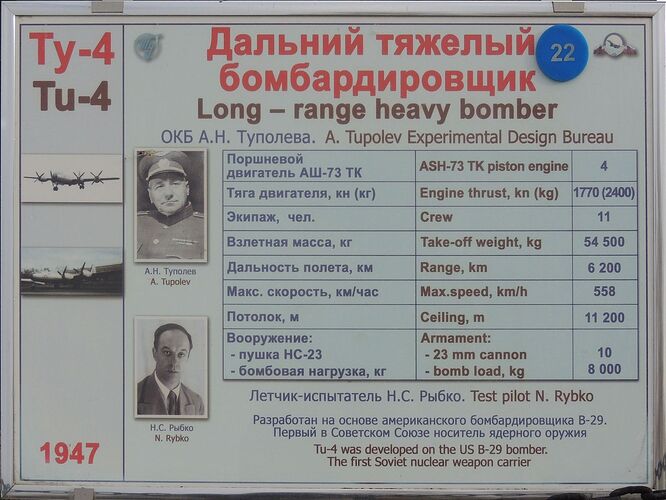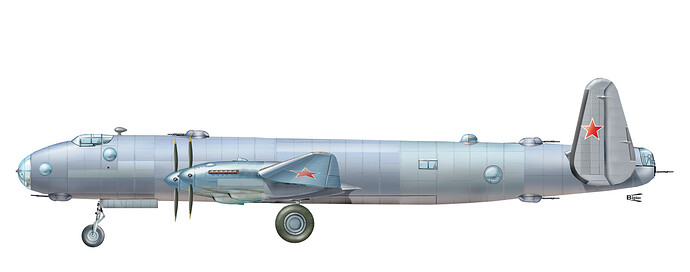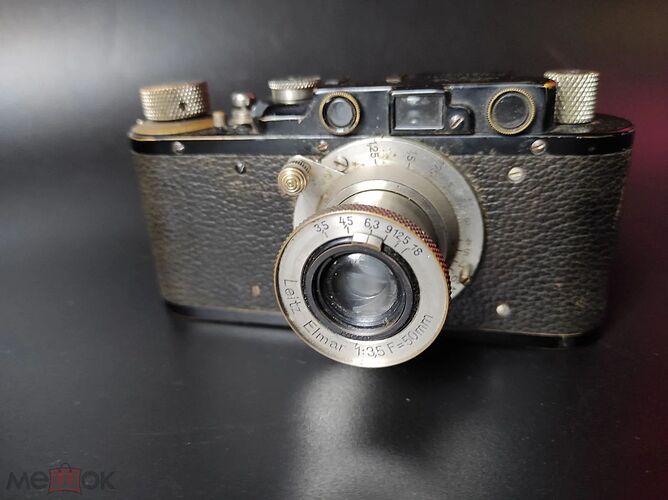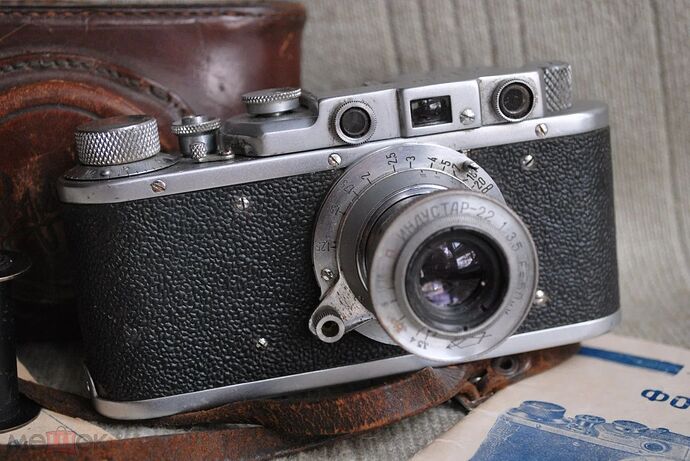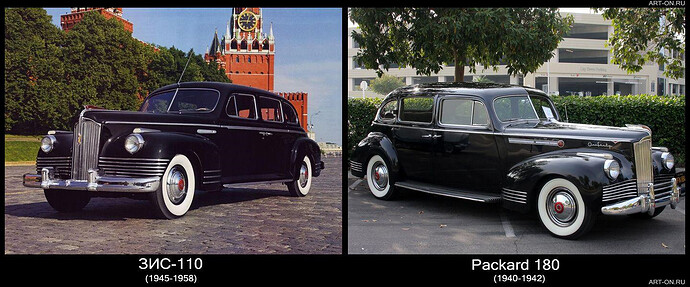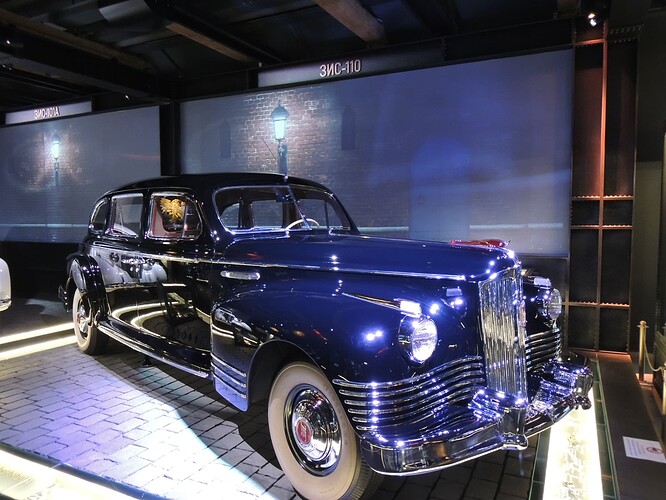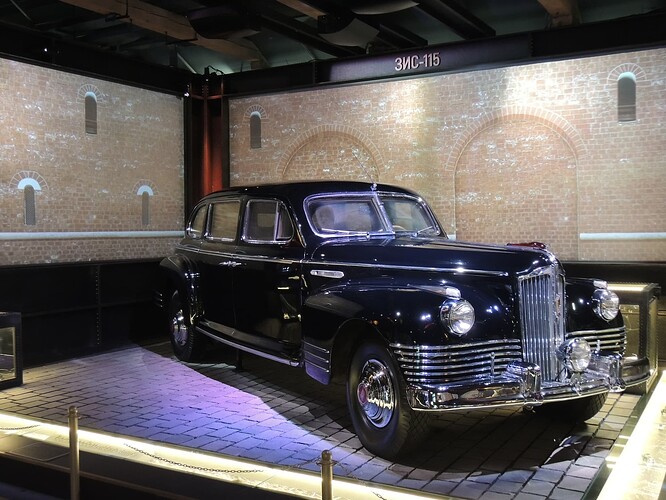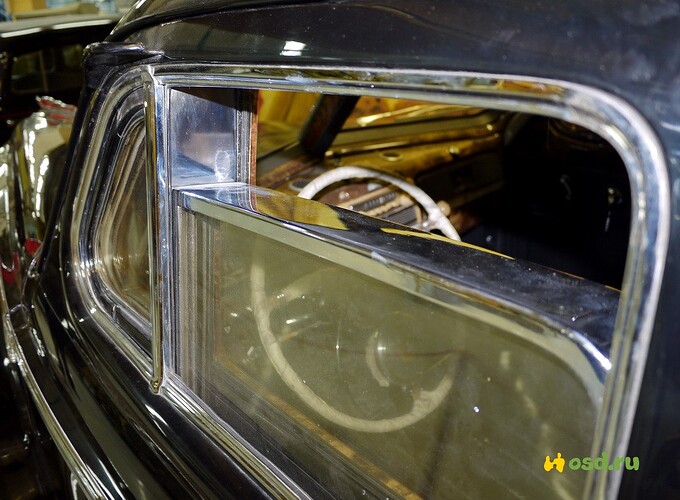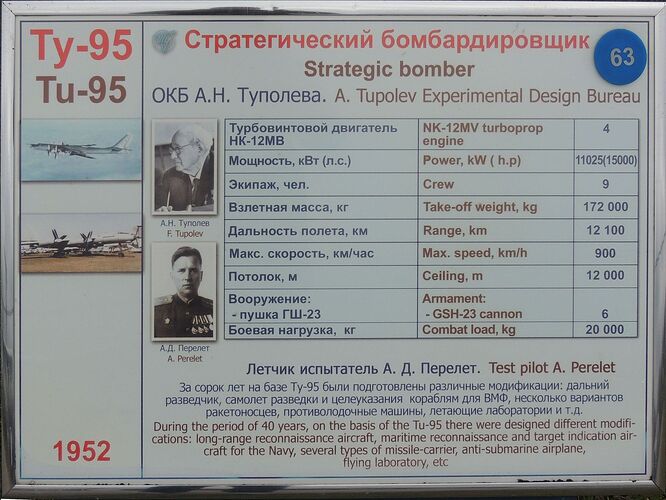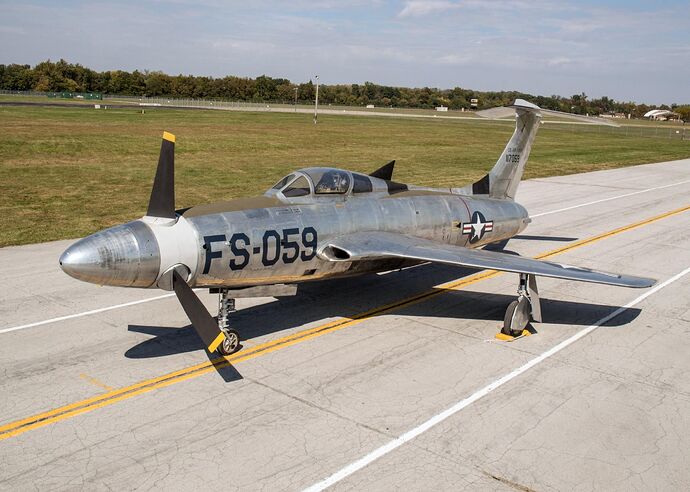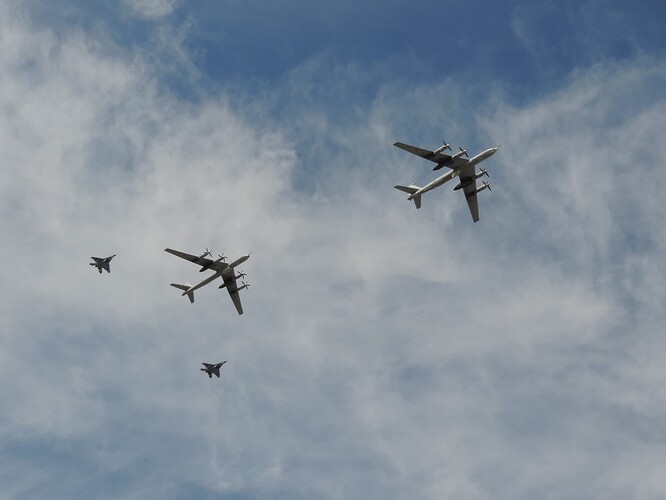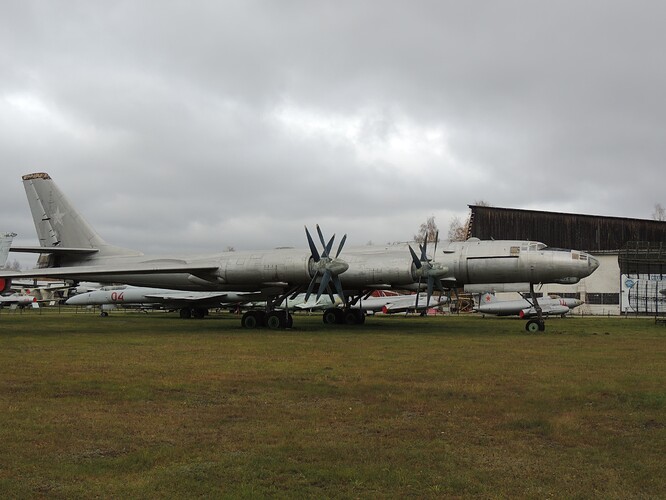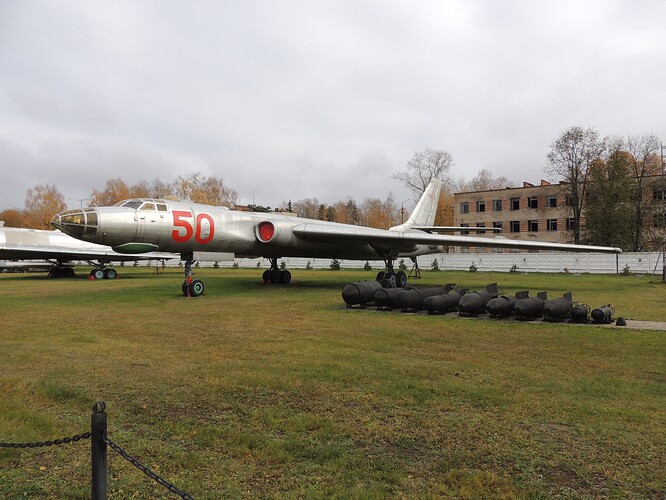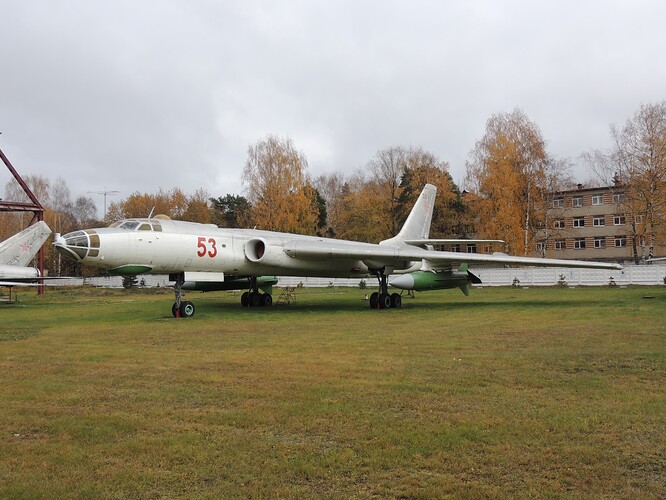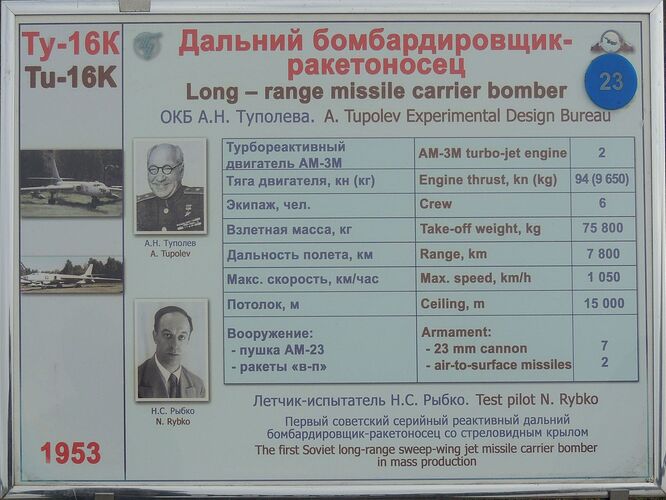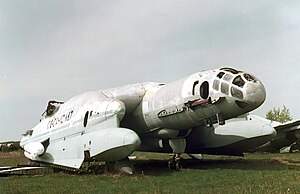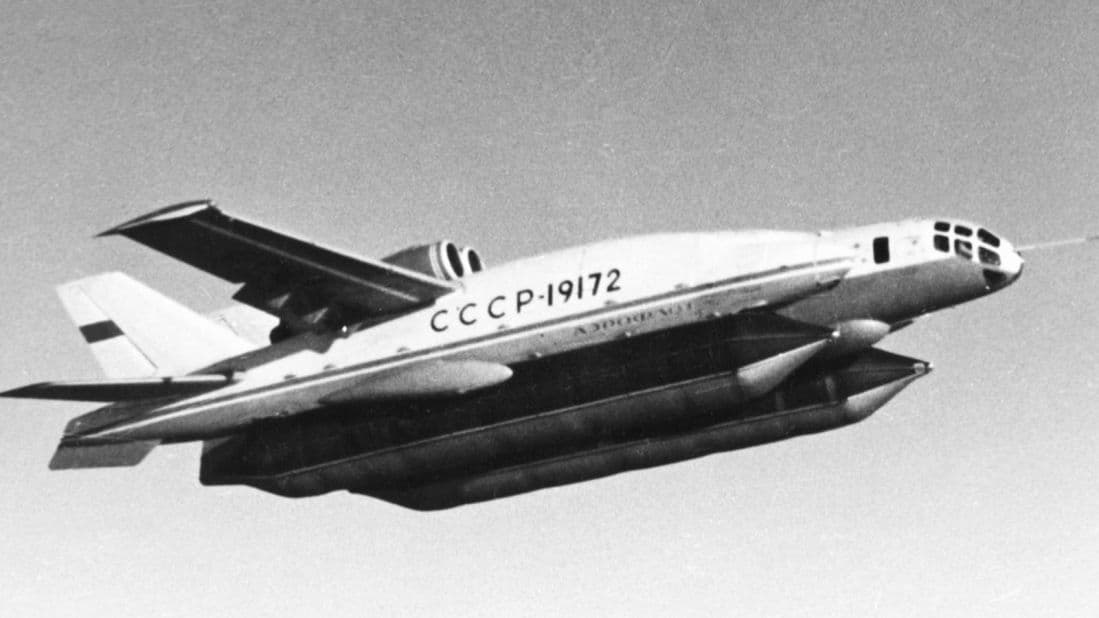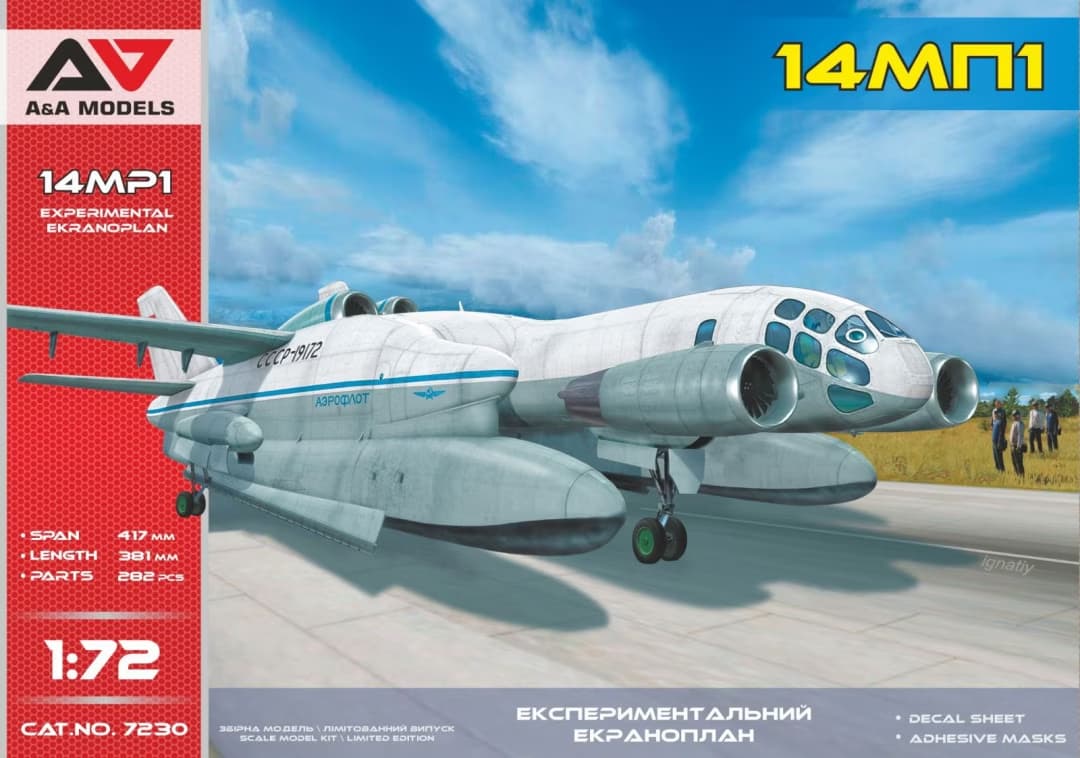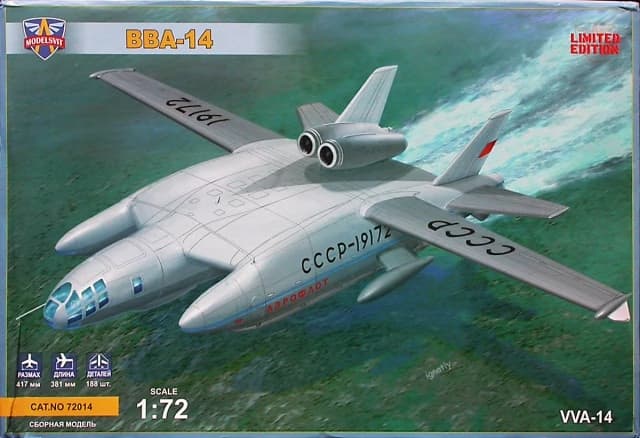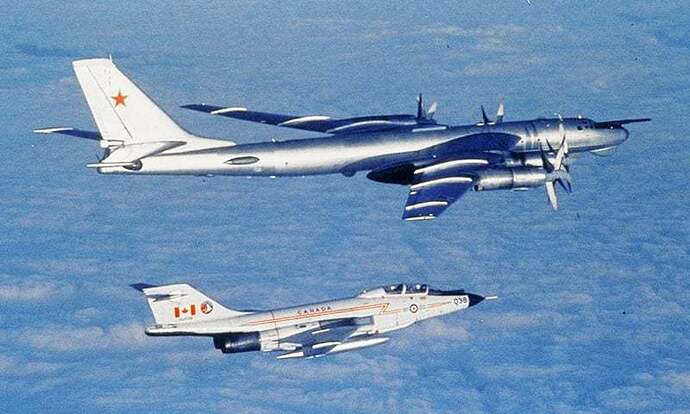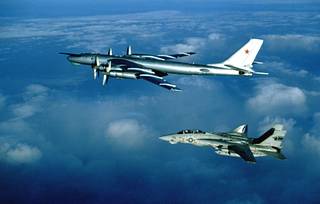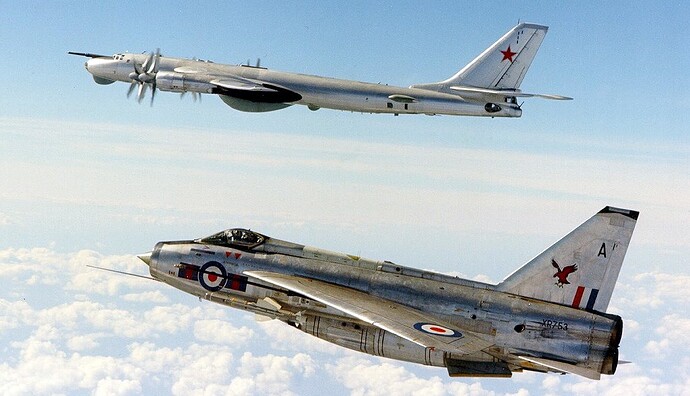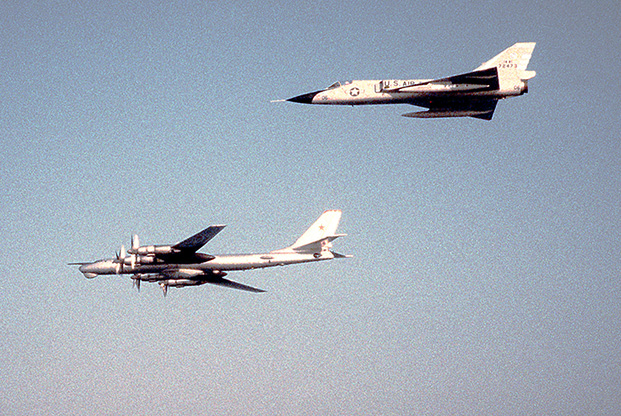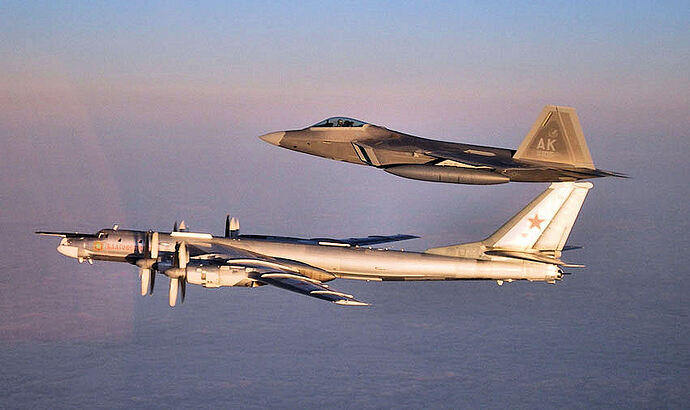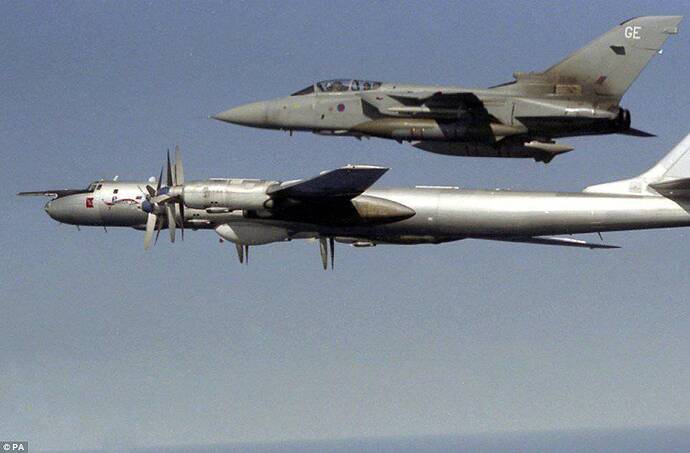Introduction.
The Central Museum of the Air Force, simply named Monino after the city in which it is located, can be reached from Moscow in about an hour by car or an hour and a half by train. I have already been to this museum three or four times, the last time in 2017, but for the first time without companions and interference. I devoted the whole day to this and I was right. Both in terms of the time spent and the pleasure received.
The Central Museum of the Air Force is a Mecca for connoisseurs of Russian aviation history. The museum is unique. The collection of its exhibits is the largest in Russia and one of the largest in the world: the funds contain 34,894 museum objects.
The exhibition presents authentic samples of military, civil and experimental aircraft (194 units), aircraft engines (164 units), weapons and rescue equipment (3478 units), unique photographs and rare documents, personal belongings of famous aviators and many other relics – evidence of all history of domestic aviation.
The museum’s exhibitions are located in the main museum building with a total area of 10,280 square meters, in two hangars with a total area of 5,200 square meters and in an open area of 18 hectares.
The exhibits are located in 8 exhibition halls (including 24 aircraft), in hangar No. 8 (including 30 aircraft) and on the open viewing platform of military equipment and weapons of the Air Force. The exhibitions cover the history of the development of the Air Force from the birth of aeronautics in Russia to the present.
The halls of the central one-story building are something like this.
The hangar adjacent to it is filled as follows.
And hidden in the space between the two hangars is the “Propellers” exhibition.
The second hangar, which you go out into in the middle, is like this: look to the left,
look to the right.
Through the same entrance, which is now the exit, you go out into the street and, having crossed the road very diagonally, you find yourself in front of the gate.
You can buy a ticket there separately, but I already bought tickets for everything at once. It will cost you $3 each location. For me, as a pensioner, it’s half the price.
If you believe, and there is no reason not to, the website of the local municipality, then the open area is something like that.
You can use any mapping service that will give a less beautiful, but more reliable picture. Like Google Maps, for example.
Or you can just wander along the paths, enjoying every minute of your stay.
I walked along each path at least a dozen times and if it weren’t for the benches on the territory, I would clearly have been left without legs. I preferred to sit in the shadow of this giant.
On the territory there is another hangar accessible to the public with the alluring name “Unique aircrafts”.
Here and now I will not lay out everything to you directly. This will be in subsequent reports, which I do not plan to run in a continuous series, as in the case of Kubinka. From time to time we will digress into other topics. Because I still have a bunch of huge museums, a sequential story about each of which would take a month or two of storytelling.
In principle, with 194 museum aircrafts, it is quite possible to display them all. In Kubinka there were about 170 armored vehicles. But it’s not that it’s lazy, it’s tedious.
PS For a brief acquaintance with this museum, this material is enough. But I have more than one and a half thousand photographs from the last visit. In Russian, I am planning a series of reports on it. Materials on bombers and helicopters are already being prepared. Then there will be other topics.
Question for members of this forum:
To be continued… ?

